BEIRUT — Syria’s Kurds accused the U.S. of turning its back on its allies and risking gains made in the fight against the Islamic State group as American troops began pulling back on Monday from positions in northeastern Syria ahead of an expected Turkish assault.
U.S. President Donald Trump’s abrupt decision to stand aside — announced by the White House late Sunday — infuriated Kurds, who stand to lose the autonomy they gained in the course of Syria’s civil war.
The Kurdish force pledged to fight back, raising the potential for an eruption of new warfare in Syria. “We will not hesitate for a moment in defending our people” against Turkish troops, the Kurdish-led Syrian Democratic Forces said in a statement, adding that it has lost 11,000 fighters in the war against ISIS in Syria.
As many as 300,000 people could immediately be driven from their homes in northeast Syria if Turkey launches its offensive, the International Rescue Committee warned Monday.
RELATED
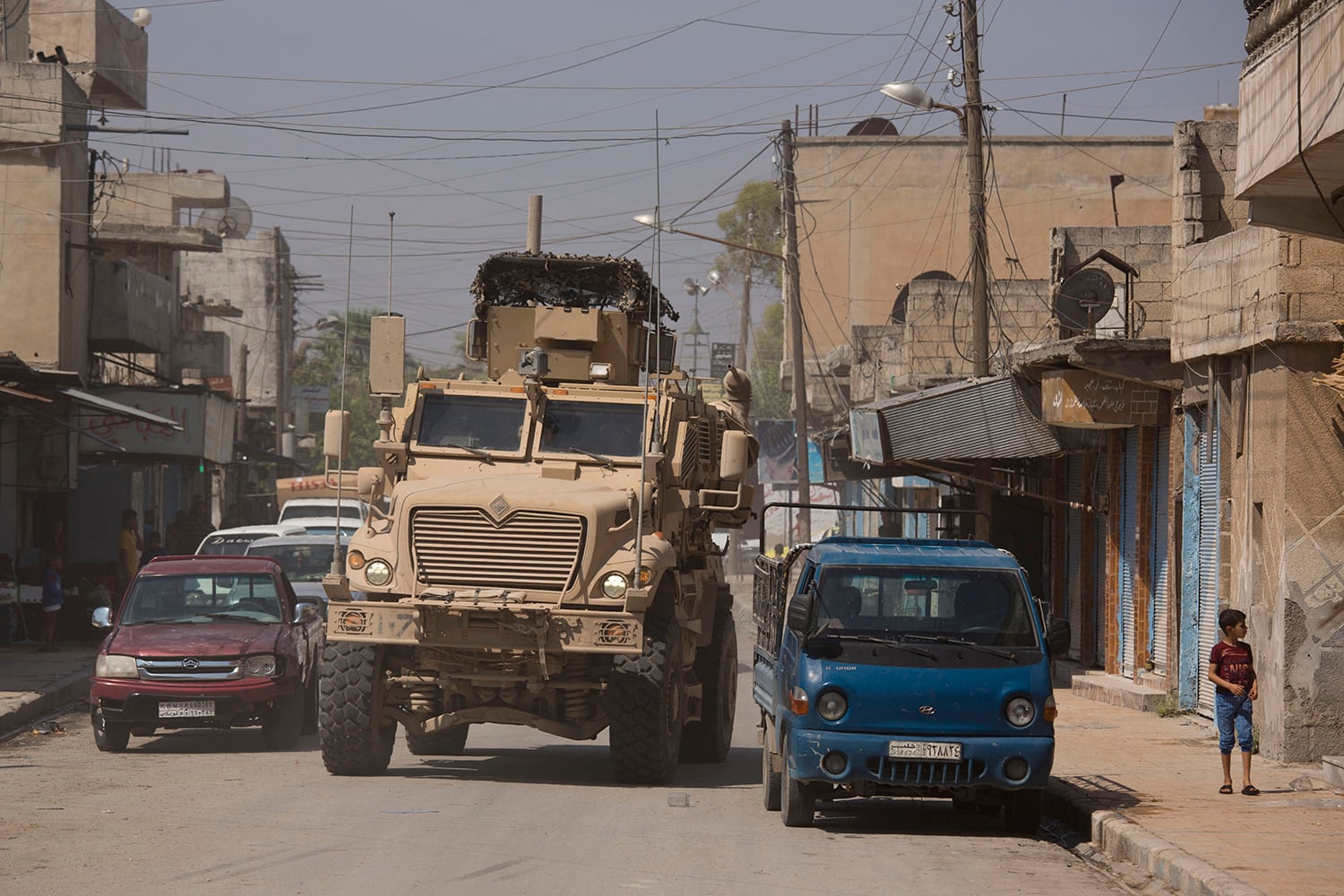
Turkish President Recep Tayyip Erdogan has threatened for months to launch the military operation across the border. He views the Syria Kurdish forces as terrorists and a threat to his country as Ankara has struggled with a Kurdish insurgency within Turkey.
Ankara has been demanding a “safe zone” stretching the length of northern Syria along Turkey’s southern border to be patrolled by Turkish troops and their allied Syrian forces. That would put a significant portion of Syria’s Kurdish population under effective Turkish control.
Erdogan on Monday said American troops have started pulling back following his conversation with Trump the night before. He did not elaborate on the planned Turkish incursion but said Turkey was determined to halt what it perceives as threats from the Syrian Kurdish fighters.
The SDF issued a sharp condemnation of the American move. “The American forces did not abide by their commitments and withdrew their forces along the border with Turkey,” it said.
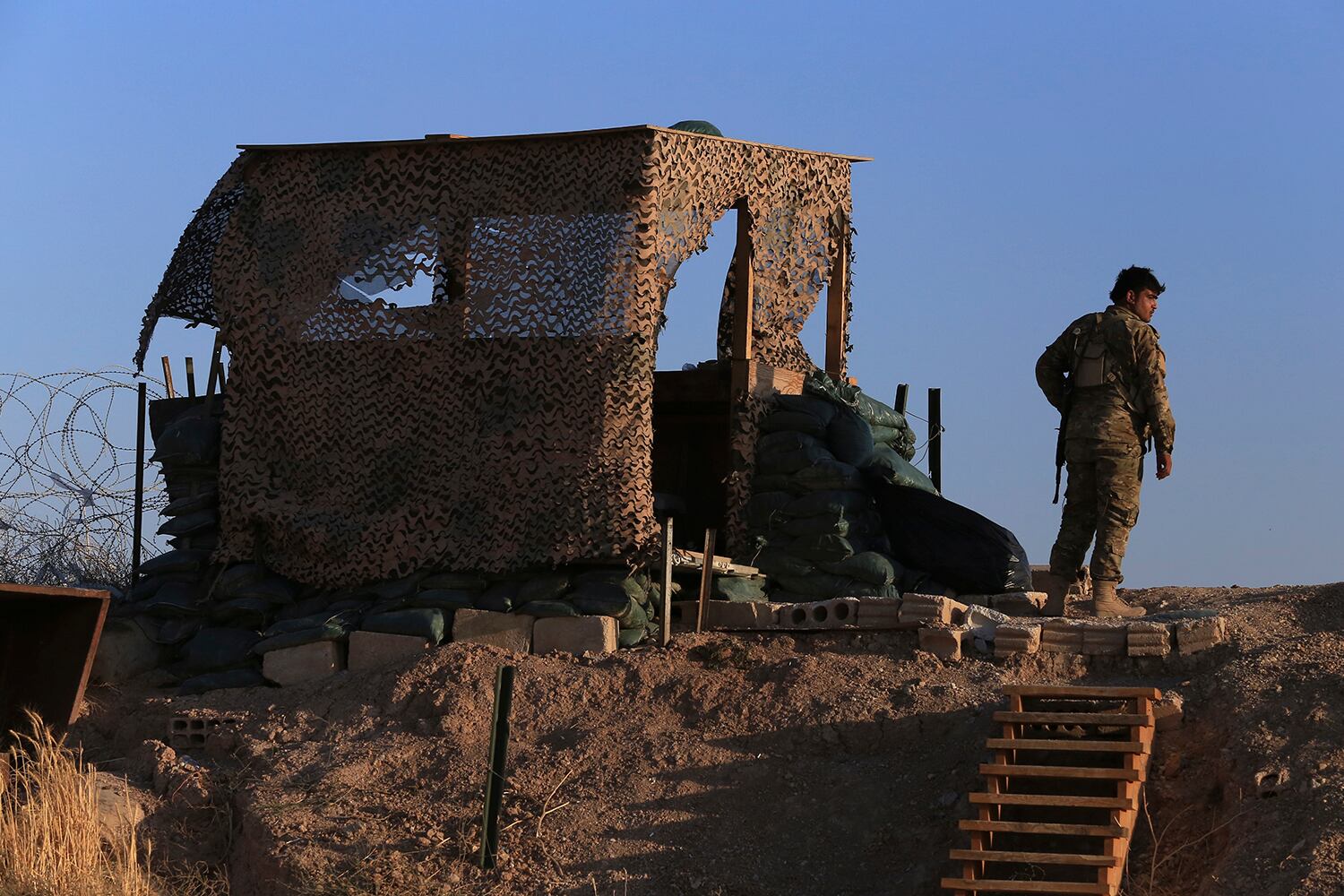
A U.S. official confirmed that American troops were already moving out of the security zone area, which includes the Syrian towns of Ras al-Ayn and Tal Abyad. That official was not authorized to speak for the record and was granted anonymity to comment.
A video posted by a Kurdish news agency showed a convoy of American armored vehicles apparently heading away from the border area of Tal Abyad.
RELATED
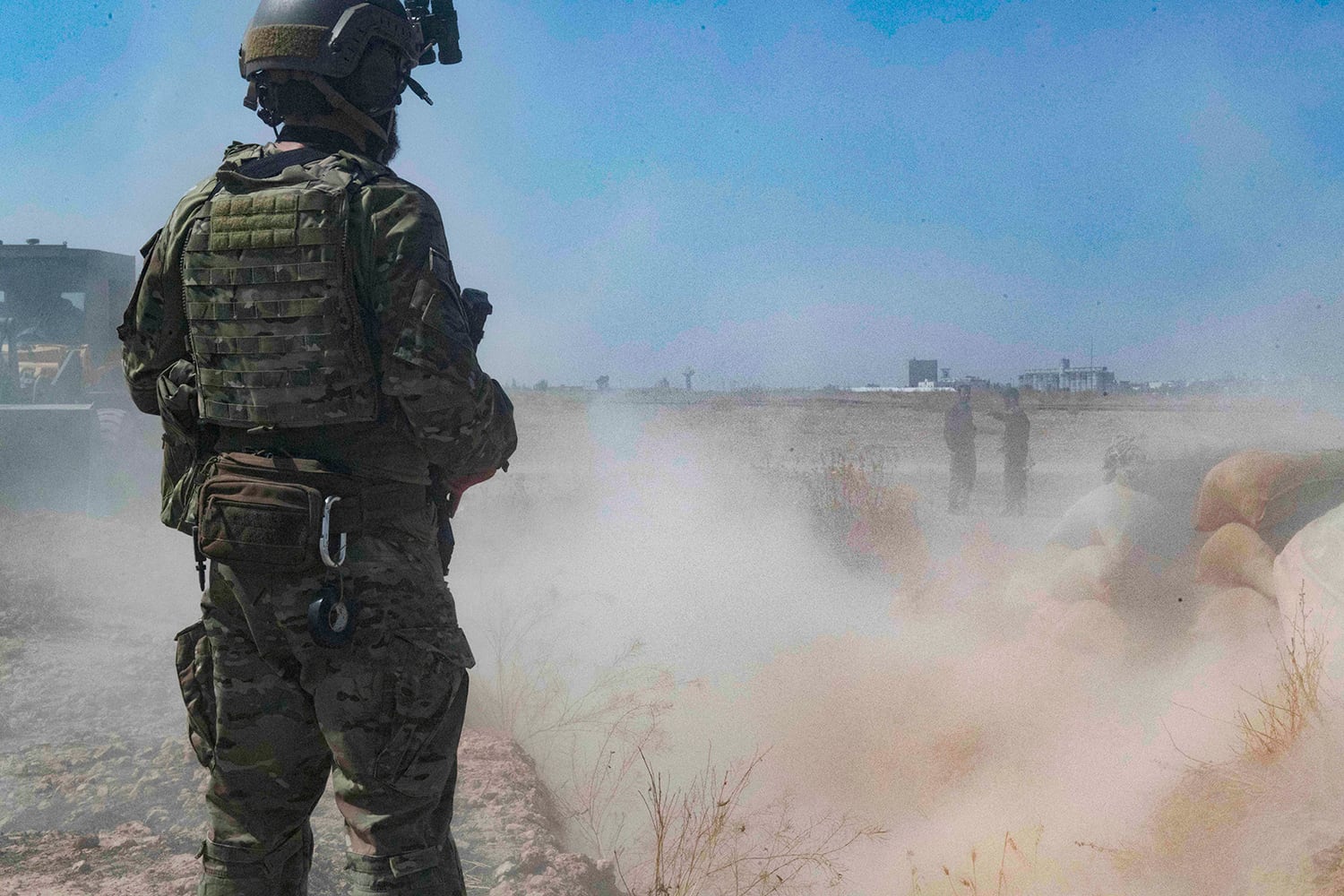
America’s rivals, including Iran, Russia and the Syrian government, stand to gain from a U.S. troop withdrawal from the oil-rich region in the north. Iran’s Foreign Minister Javad Zarif tweeted: “US is an irrelevant occupier in Syria — futile to seek its permission or rely on it for security.”
In Moscow, Kremlin spokesman Dmitry Peskov said Moscow realizes Turkey’s need to ensure its security, but noted that “it’s necessary to respect Syria’s territorial and political integrity.” Peskov wouldn’t comment on whether the U.S. withdrawal could push the Kurds to seek a dialogue with Damascus.
Russia and Iran have helped Syrian President Bashar Assad reclaim control over most of the country following a devastating eight-year civil war.
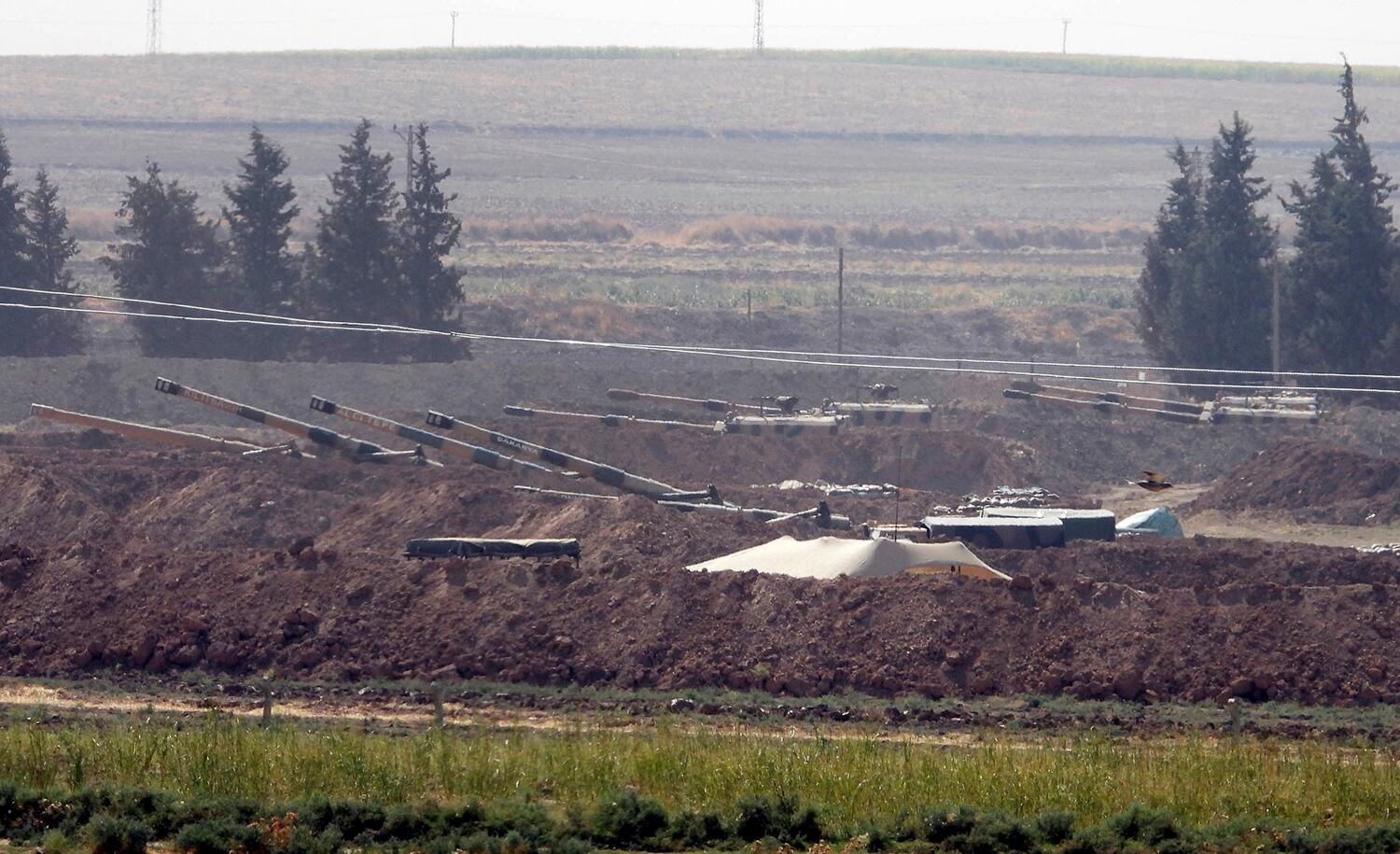
Abdulkarim Omar, a senior official in the Kurdish self-rule administration, said they had been expecting the U.S. decision to withdraw and have made preparations for it. He didn’t elaborate. But he warned that securing facilities holding ISIS militants would be jeopardized if an offensive begins because forces would be deployed there.
“We have been flexible even in dealing with Russia, which may play a role in the political resolution. We were flexible even in regards to Damascus,” he said. “But what happened today is illogical.”
The Kurdish-led SDF has been the main U.S.-backed force in Syria in the fight against ISIS. In March, the SDF captured the last sliver of land held by the extremists, marking the end of the so-called caliphate that was declared by ISIS’s leader Abu Bakr al-Baghdadi in 2014.
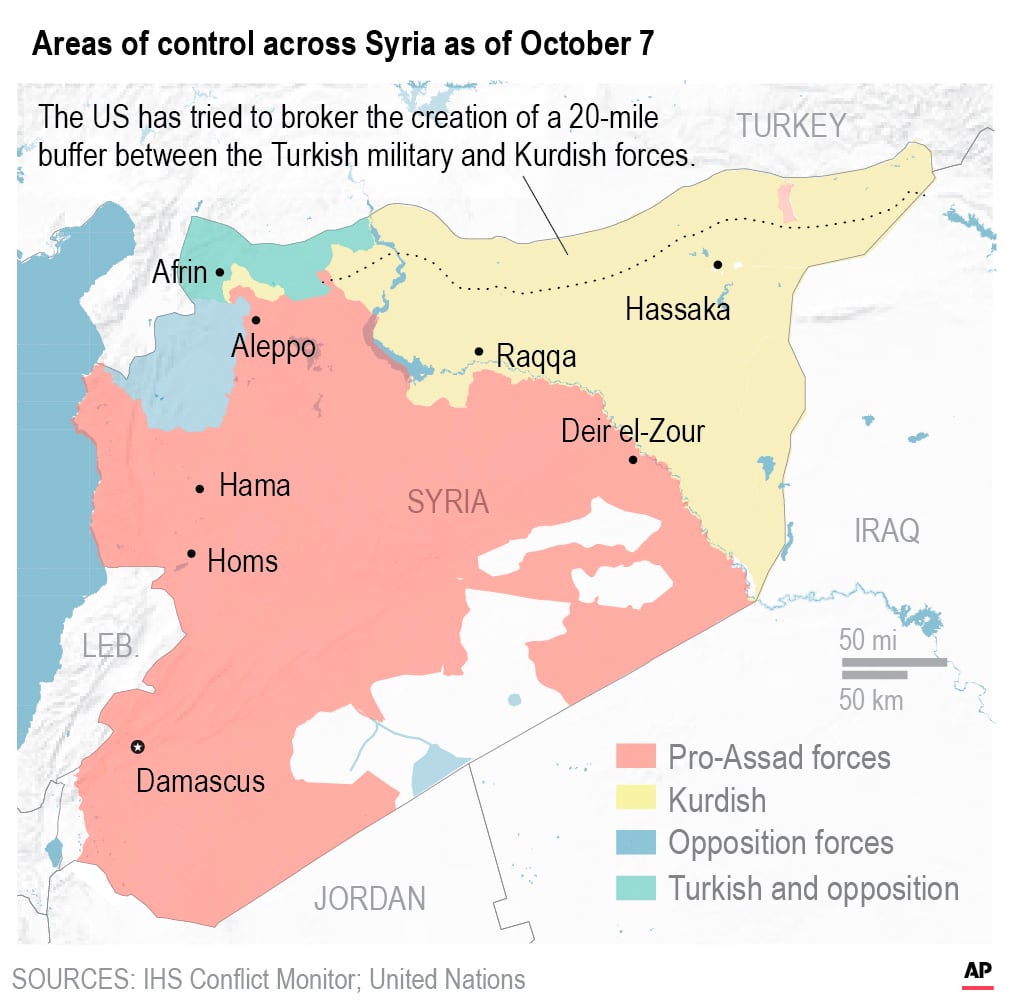
The U.S. and Turkey had been working on a compromise “security mechanism” for the border region that the Kurds had hoped would avert any Turkish offensive. Since August, joint U.S and Turkish aerial and ground patrols had started in a 125-kilometer (78-mile) zone. The SDF had cooperated, removing fortifications from the areas and withdrawing with heavy weapons.
RELATED
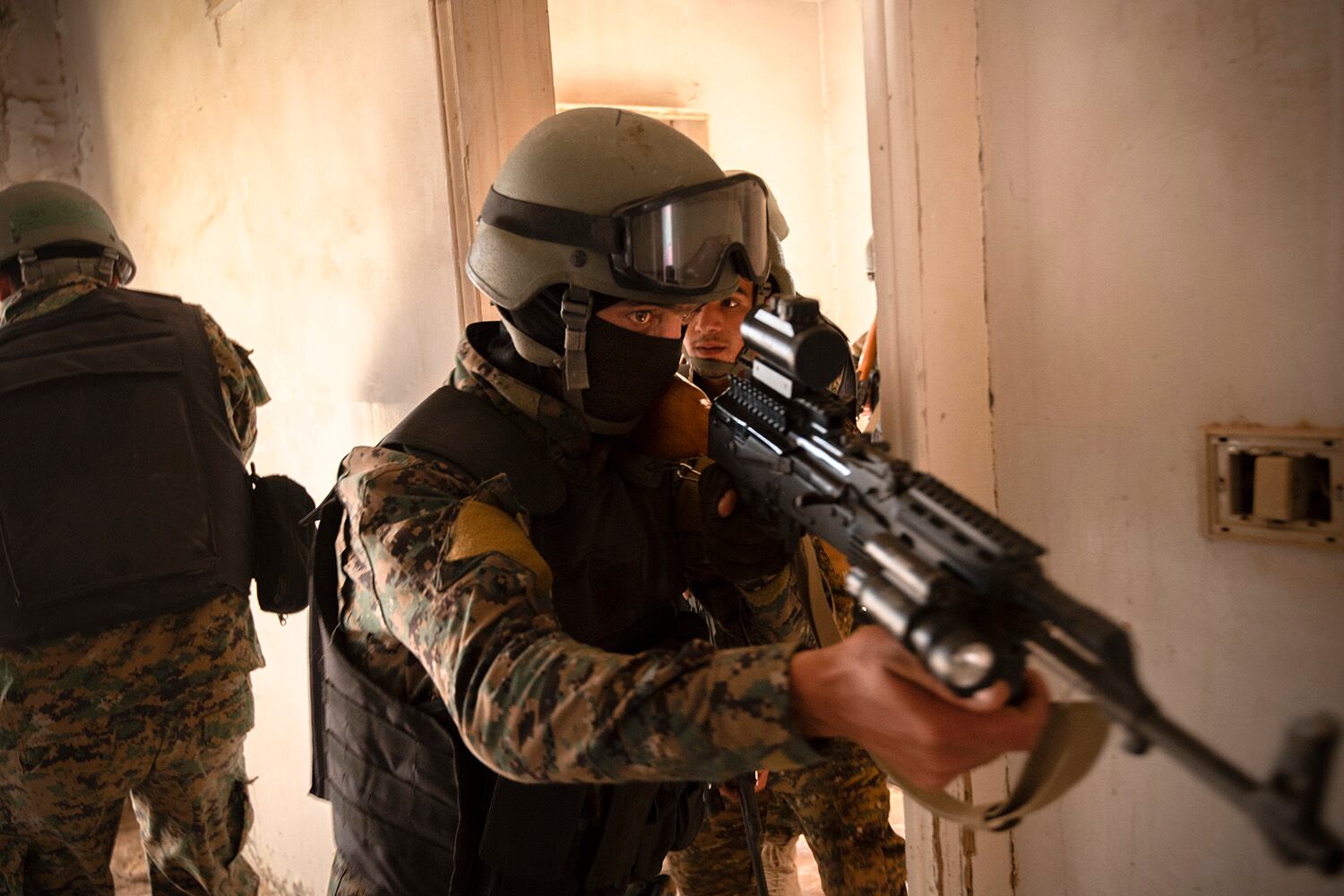
But vital details of the mechanism were still being worked out, and Ankara had repeatedly expressed its impatience, threatening an attack.
Mustafa Bali, the SDF spokesman, tweeted that his group had not been not expecting the U.S. to protect northeastern Syria. “But people here are owed an explanation regarding the security mechanism deal and destruction of fortifications,” he said.
Associated Press writers Lolita C. Baldor and Zeke Miller in Washington, and Sarah El Deeb and Zeina Karam in Beirut contributed to this report.





